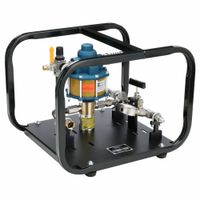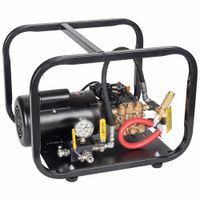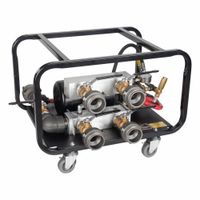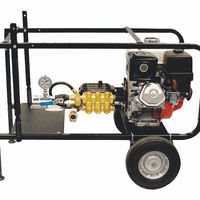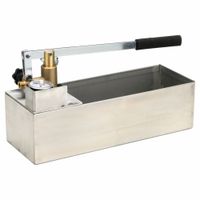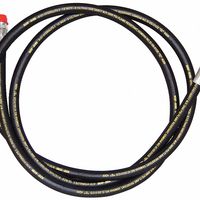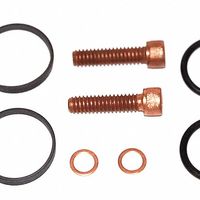Hydrostatic Test Pumps
Hydrostatic test pumps identify ruptures and leaks in various systems and components, such as hoses, boiler systems, and gas cylinders. Fire hose testers ensure hoses meet the National Fire Protection Association (NFPA) standards and are in good working order. Electric-operated hydrostatic pumps are .....Read More
Frequently Asked Questions
What is a hydrostatic test pump used for?
How does a hydrostatic test pump work?
What are the different types of hydrostatic test pumps?
How do you perform a hydrostatic test?
What is the difference between electric, air, and gas-operated hydrostatic test pumps?
What safety precautions should be taken when using a hydrostatic test pump?
How do you maintain a hydrostatic test pump?
What are the NFPA standards for fire hose testing?
How do you identify leaks using a hydrostatic test pump?
What are the benefits of using a hand-operated hydrostatic test pump?
